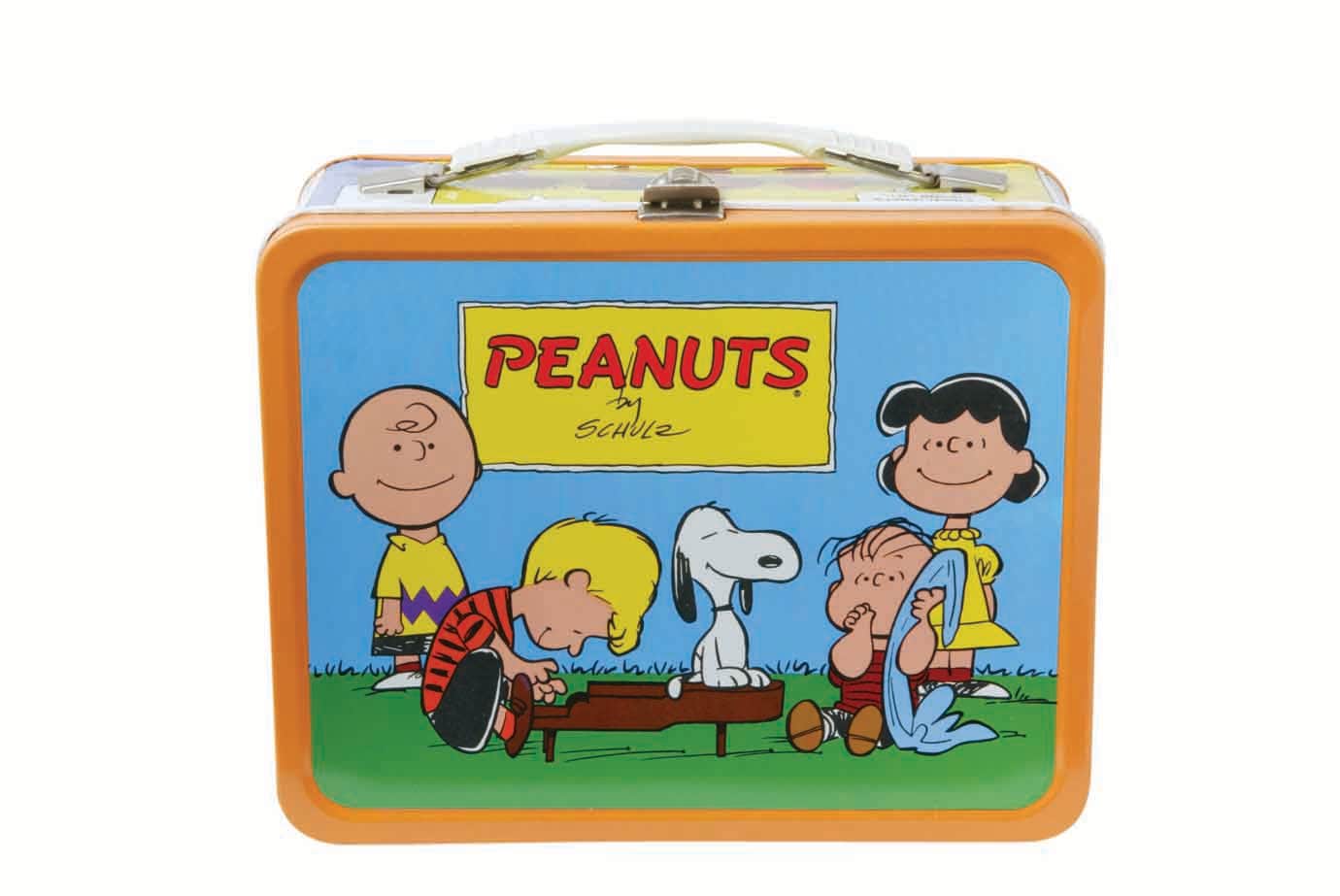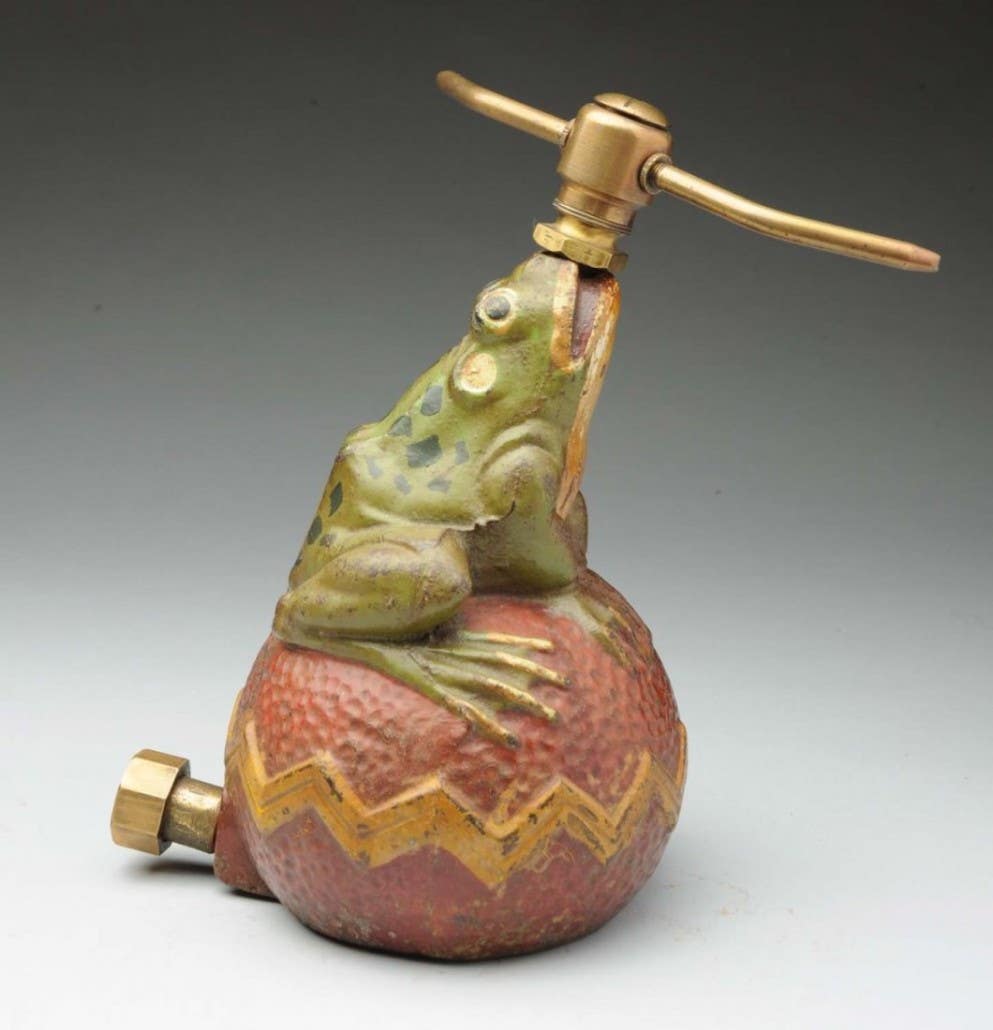How Jell-O Salads Created a Culinary Sensation
Those wiggly-jiggly Jell-O molds, now seen as nostalgic relics, were once a wildly popular phenomenon and graced American tables for decades.
When Mrs. John E. Cook of New Castle, Pennsylvania entered a recipe contest in 1904 that was co-sponsored by Better Homes and Gardens and Knox Gelatin, she could not have known that her dish would ignite a culinary phenomenon across America that would last for decades.
Called Perfection Salad, it had several typical elements of a salad: shredded cabbage, celery, red pepper and chopped green olives. But Mrs. Cook added a special twist by wrapping these ingredients inside of a soft, jiggly blanket of gelatin spiked with lemon juice and vinegar, and molding everything into a shimmery blob. She called for the molded salad to be diced and served with mayonnaise, “in cases made of red or green peppers,” and she liked to eat it with fried oysters.
Although the judges, one of whom was Fannie Farmer, awarded Mrs. Cook with only third place, no one even remembers the two recipes that beat hers. Mrs. Cook won a $100 sewing machine and her Perfection Salad won fans all over the country and has become one of the most iconic dishes in American history.
While Jell-O products are still popular as snacks and desserts, elaborate molds are not all the rage they once were and while it's easy to now poke fun at the more dubious concoctions, the Jell-O salad was once a shimmering icon of its time, and home, family and holidays have always been essential to its image.
The rise of home economics, the industrialization of the food system, and changing expectations about women’s labor all contributed to making the Jell-O salad the jiggly jewel of domestic accomplishment in 20th-century America. According to historian Anne Mendelson, author of Stand Facing the Stove: The Story of the Women Who Gave America The Joy of Cooking, the product’s convenience was so invaluable to women at that time that they simply plugged sweet lime, lemon and cherry Jell-O into savory recipes that were once seasoned with fresh lemon juice, meat stock and tomato juice.
Adding cabbage and celery like Mrs. Cook was only the beginning and is mild compared to what other cooks with more adventurous palettes were later including: savory Jell-O salads suspended tuna, sliced hard-boiled eggs, shrimp, and chicken. Every family seemed to have favorite combinations: vegetables and canned salmon with lime; shredded cucumber, carrots and celery with lemon. There were plenty of sweet salad combinations, too, ranging from strawberry Jell-O spiked with peach slices to fancier creations of bing cherries, nuts and wine with black cherry Jell-O.
Besides the salads themselves, there were also the molds that shaped them: small ones in varying designs, large fluted ones, fancy scalloped ones, adorable miniatures, pans that created starburst-patterned masterpieces, even heart-, club-, spade- and diamond-shape molds that were perfect for card parties.
But gelatin salads did not spring from molds and land on tables in kitchens, church basements and at potlucks out of nowhere in 1904. Gelatin dishes date back to medieval Europe, but because the process of rendering collagen from animal bones and then clarifying it was exceptionally time consuming, elaborately molded centerpieces were served only on the tables of nobility. In America, they go back at least to Thomas Jefferson’s diplomatic mission to France, where he lived from 1784 to 1789. At the Library of Congress is a recipe he wrote down for nutmeg- and lemon-spiked “wine jelly.” The recipe is also at The Shop at Monticello blog.
In the mid-19th century, the Industrial Revolution was beginning to transform the US economy. Railways were on the rise, and so was factory production, both of which brought radical changes to American food systems. By 1897, when a carpenter and cough-syrup maker patented the brand name “Jell-O,” the processed-food industry was thriving. According to the history of Jell-O at the Jell-O Gallery Museum, Pearle Wait sold the brand in 1899 to the Genesee Pure Food Company for $450 (roughly $13,000 today).
In her book, Perfection Salad: Women and Cooking at the Turn of the Century (named after Mrs. Cook's durably popular concoction), food historian Laura Shapiro explains that at around the turn of the century, many women in the emerging American middle class began linking the changes brought into their homes by industrialization, such as electric irons and gas stoves, to the domestic work they performed daily and reimagining housework. This domestic spirit embraced efficiency, cleanliness and order.
Instant gelatin fit that philosophy, and Jell-O tapped into this domestic science, one of the biggest culinary currents of the era. It was fast and economical. A housewife could stretch her family’s leftovers by adding them to gelatin, and she didn’t need to use up the household stores of sugar, since that was already included in the flavored mixes. It was also neat and tidy, qualities valued by the domestic-science movement.
By 1902, Jell-O sales were beginning to soar and as advertisements for “America’s most famous dessert” ran in magazines like Ladies’ Home Journal, gelatin became increasingly fashionable. During the 1920s-’30s, gelatin salads spiked in popularity, as the Depression motivated homemakers to stretch their ingredients as far as possible by mixing vegetables and fruits into them. The introduction of lime-flavored Jell-O in the early 1930s shook things up, and entire cookbooks were devoted to it. As World War II began in 1939, salads were a way to “prove to you and your friends that you can still do luscious entertaining in spite of shortages and rations,” as one recipe for Olive Relish (olives, sweet pickles, celery, and vinegar in lime Jell-O) at the Jell-O Gallery Museum declares.
In the late 1940s and ’50s, the country was gripped by mold mania. Jell-O helped out with booklets that taught the basics: which fruits float in gelatin (fresh peach and strawberry slices, apple cubes, banana slices, fresh grapefruit sections, marshmallows and chopped nuts), and which ones sink (fresh grapes and oranges, cooked prunes and canned fruits). In the 1950s, Jell-O salad symbolized modernity and became a way for women to entertain guests and showcase a family’s social status. As the craze topped off, Jell-O’s advertising included lighthearted promotions such as Use-Up-Your-Leftovers-in-a-Jell-O-Salad Week and National Jell-O-With-Fruit-to-Boot Week.
In the 1960s, things got even crazier and these salads became so popular that Jell-O introduced various vegetable flavors including celery, Italian salad and seasoned tomato (discontinued by the mid-1970s when their popularity declined). Cooks could showcase ingredients with a clear gelatin, and use “floaters” or “sinkers” to create an elaborate look and presentation, or fold cream or mayo into the gelatin for an opaque appearance. The finishing touch on many savory salads was a “frosting” made of mayonnaise. The standard cookbooks of the decade also devoted sections to savory gelatin salads, like the 1964 edition of The Joy of Cooking, which has recipes for a jellied clam ring and chicken salad in aspic.
When dieting trends changed in the 1970s and ’80s, and nutrition campaigns began to emphasize the importance of eliminating sugar, the once-ubiquitous savory Jell-O salads fell out of fashion and were replaced by tossed salads.
Today, consumption of Jell-O salads has decreased steadily since their peak in the mid-20th century. Although they still do make appearances on some tables, especially for holidays, they are mostly seen as a nostalgic relic from bygone days and, in the words of Shapiro, “a once-loved dish safely congealed in the decorative mold of history.”
The Salad That Started It All
In the 1972 edition of James Beard's American Cookery, Beard observes that Mrs. Cook’s third-place victory for her Perfection Salad had “unleashed a demand for congealed salads that has grown alarmingly, particularly in the suburbs.” Even then, the legendary chef grudgingly admitted that “the jellied salad does have its delights, though, and it is without question an American innovation.”
Featuring finely diced cabbage, celery, red pepper and olives in a lemon-flavored gelatin, Mrs. Cook’s iconic Perfection Salad was a winner at the dinner table for generations. She recommended serving the molded salad with mayonnaise in cases made of red or green peppers, and she enjoyed eating it with fried oysters. She also wrote in her entry that she planned to have it at her next church supper.
The 1915 cookbook, Dainty Desserts for Dainty People, that includes the recipe, recommends serving it on lettuce or endive leaves and says it is a delicious accompaniment to cold sliced chicken or veal.
The original recipe has been shared throughout the years from the editors of Better Homes and Gardens, which declare that it’s one of the “great recipes of all time.” They also said that it goes perfect with baked ham, a pot roast or any meat you can think of. “It’s tang and crunch and calico colors can rescue an otherwise undistinguished meal. It is simple, costs little. A great recipe!”
This version, from a 1963 issue of the magazine, is faithful to the original but has a few tweaks, such as the garnishes of carrot curls and black olives. You could further tweak it to suit your own tastes.
Perfection Salad Recipe
Makes 8-10 servings
2 envelopes (or 2 tablespoons) unflavored gelatin
1/2 cup sugar
1 teaspoon salt
1/2 cup vinegar
2 tablespoons lemon juice
2 cups finely shredded cabbage
(finely shredding this is key)
1 cup chopped celery
1/4 cup chopped green pepper
1/4 cup diced pimiento
1/3 cup stuffed green olive slices
1-1/2 cups boiling water
1-1/2 cups cold water
Mayonnaise and lettuce leaves
for garnish
Thoroughly mix 2 envelopes (2 tablespoons) unflavored gelatin, 1/2 cup sugar, and 1 teaspoon salt.
Add 1-1/2 cups boiling water and stir to dissolve gelatin. Then add 1-1/2 cups cold water, 1/2 cup vinegar and 2 tablespoons lemon juice.
Chill until partially set.
Now add 2 cups finely shredded cabbage. Also add the 1 cup chopped celery, 1/4 cup chopped green pepper, 1/4 cup diced pimiento and the 1/3 cup green olive slices.
Pour into an 8-1/2-inch by 4-1/2 inch by 2-1/2-inch loaf pan or a favorite Jell-O mold.
Chill the salad until firm, at least 4 hours.
Unmold and cut salad in 8 to 10 slices.
Garnish with mayonnaise and serve on lettuce leaves.
Do you have memories of Jell-O molds or perhaps still make these salads as part of your family traditions? Drop us a line at ATNews@aimmedia.com and share your stories — and even recipes, if you wish.








